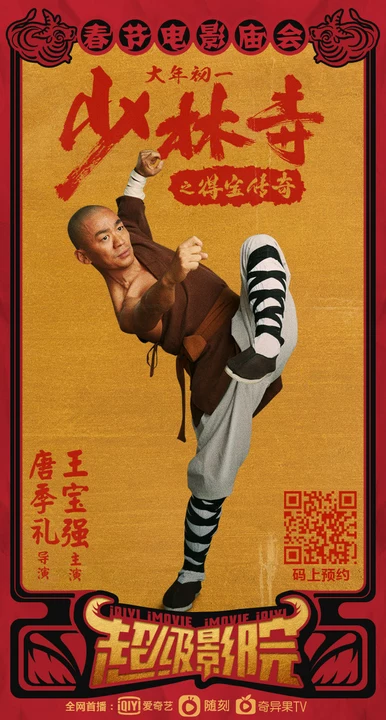Japan and the World of Judo
When talking about Japan, the East Asian nation where modern judo was created in the late 19th century. Also known as the Land of the Rising Sun, it is the cultural home of Judo, a grappling art that blends throws, holds, and a strict set of etiquette and the broader family of Martial Arts, disciplines that train body, mind, and spirit for self‑defence and competition. The sport also holds a permanent slot in the Olympic Games, the international multi‑sport event that awards medals in judo since 1964, linking Japanese heritage to a global audience.
Why Japan matters to every judoka
Japan’s contribution goes beyond inventing a sport; it set the philosophical backbone. The principle of "Seiryoku‑zenyo" (maximum efficiency, minimum effort) and "Jita‑kyōei" (mutual welfare and benefit) guide training halls worldwide. These ideas are taught at the Kodokan, the historic institute founded by Jigoro Kano, who turned samurai sword techniques into a safe, competitive art. Because the Kodokan still publishes the official rulebook, athletes in Rochdale, London, and New York all follow the same guidelines for throws like Uchi‑mata and holds such as Kesa‑gatame.
Understanding Japan’s role also helps you make sense of the uniform rules. The traditional gi—white or blue, cotton, reinforced at the shoulders—was designed for the gripping methods taught in the country. That’s why you’ll never see a black gi in official matches; the colour palette keeps competitors honest and the sport’s spirit intact. If you ever wonder why a judoka bows before stepping onto the tatami, it’s a direct echo of Japanese etiquette that shows respect for the opponent and the art itself.
Japanese culture shapes the competition format, too. The double‑elimination system used in Olympic judo, which awards two bronze medals, mirrors the Japanese value of giving athletes a second chance to prove themselves. This format appears in many of the posts on our tag page, from debates about medal distribution to discussions on how the rules affect strategy.
For newcomers, Japan also provides a treasure trove of learning resources. Books like "Kodokan Judo" and documentaries on Nippon TV break down techniques layer by layer. When you watch a Japanese tournament, you’ll notice the precise timing of a grip, the subtle shift of weight before a throw—skills that seasoned practitioners routinely dissect.
Modern Japanese athletes continue to push the sport’s limits. Recent Olympic champions showcase how the nation blends tradition with cutting‑edge training methods, such as sport‑specific strength conditioning and video analysis. Their success stories appear in our community’s success feeds, inspiring local clubs to adopt similar regimens.
Beyond the mat, Japan’s influence spills into everyday life. Many schools incorporate judo into physical education, promoting discipline and confidence in students. The sport’s emphasis on safety and respect makes it a popular choice for youth programs, which is why clubs like Rochdale Judo Club often host introductory sessions for kids.
If you’re a seasoned competitor, diving deeper into Japanese technique can refine your game. Exploring variations of classic throws—like the “Osoto‑gaeshi” (large outer reap counter) or the “Kouchi‑gari” (small inner reap)—adds layers to your arsenal. Likewise, mastering legal submissions, such as the “Ude‑garami” (entangled arm lock), aligns you with the rules codified by the Japanese federation.
All this history, philosophy, and practical know‑how converge on the pages you’re about to browse. Below you’ll find articles that unpack the black‑gi myth, compare wrestling and judo, explain why two bronze medals are awarded, and more. Each post ties back to Japan’s original vision, giving you a richer context for every technique and rule you encounter.
Ready to see how Japan’s legacy shapes today’s judo world? Keep scrolling to discover the full collection of insights, stories, and tips that bridge the past with the present.
Who would win? Japanese jujutsu master vs Shaolin master?
This age-old question has been asked for centuries: who would win in a fight between a Japanese jujutsu master and a Shaolin master? Both martial arts styles have their own unique advantages and disadvantages. The jujutsu master is skilled in using pressure points and joint locks to subdue his opponents. On the other hand, the Shaolin master is trained in the use of powerful strikes and kicks to break through any defenses. Both fighters have a great deal of experience and skill in their respective martial arts. Ultimately, who would win would depend on the circumstances of the fight. The outcome could be determined by the size, strength, and agility of the combatants, as well as the strategies employed by each fighter. Ultimately, it's impossible to say for sure who would win in this epic matchup, but one thing is for sure: it would be an incredible battle!
